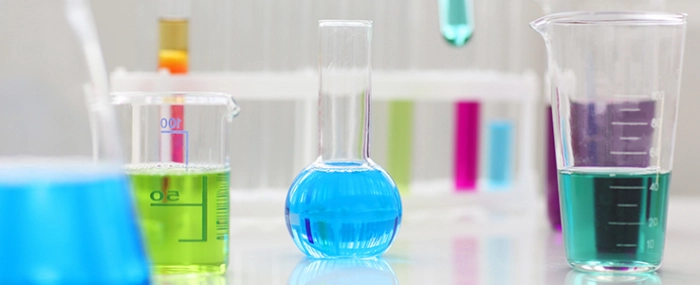
© shutterstock
Electronics Production |
PFOA now in REACh and POP regulation
On 4 July, PFOA - perfluorooctanoic acid, its salts and precursor compounds - was included in the POP (Persistent Organic Pollutants) Regulation (EU) 2019/1021 and at the same time also came into force in the REACh Regulation (Annex XVII, entry 68).
FBDi association points out, that both regulations apply to PFOA with immediate effect, but for affected applications (mentioned in both regulations) the phase-out dates and limit values under the stricter POP Regulation apply. It aims to completely remove a substance identified as POP from the substance cycle by means of a ban. This also applies to regulations on storage. The deletion of entry 68 in Annex XVII of REACh is currently under discussion, but has not yet been published in the German Amtsblatt ('Official Journal').
The Europe-wide ban regulates the production, marketing, use, placing on the market and import of PFOA as such, but also in products. The substance is toxic to the human liver - it is absorbed through the air, dust, food or contaminated drinking water - and damages reproduction. Because PFOA and its precursors give surfaces water, oil and dirt repellent properties, they have spread to all environmental compartments. Moreover, PFOA is extremely stable and does not degrade in the environment, so it accumulates in living organisms.
Effective immediately, limits of 0.025 mg/kg for PFOA and 1 mg/kg for PFOA precursors according to POP apply. There are longer transition periods, of which the following exceptions are relevant for distribution:
- The applications / uses / products named under exception 5: Until 04 July 2025
- The applications / uses / products mentioned under exception 9: Until 03 December 2020

